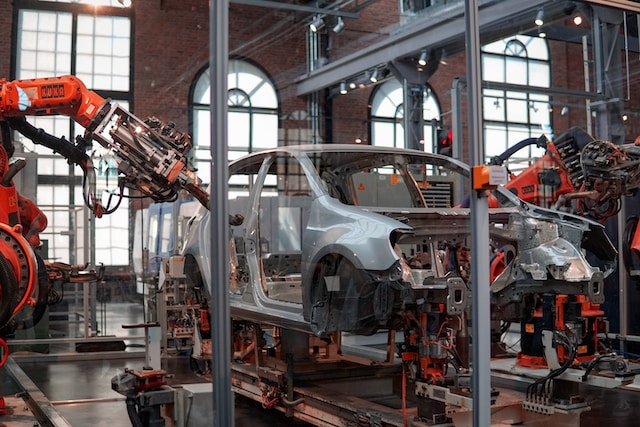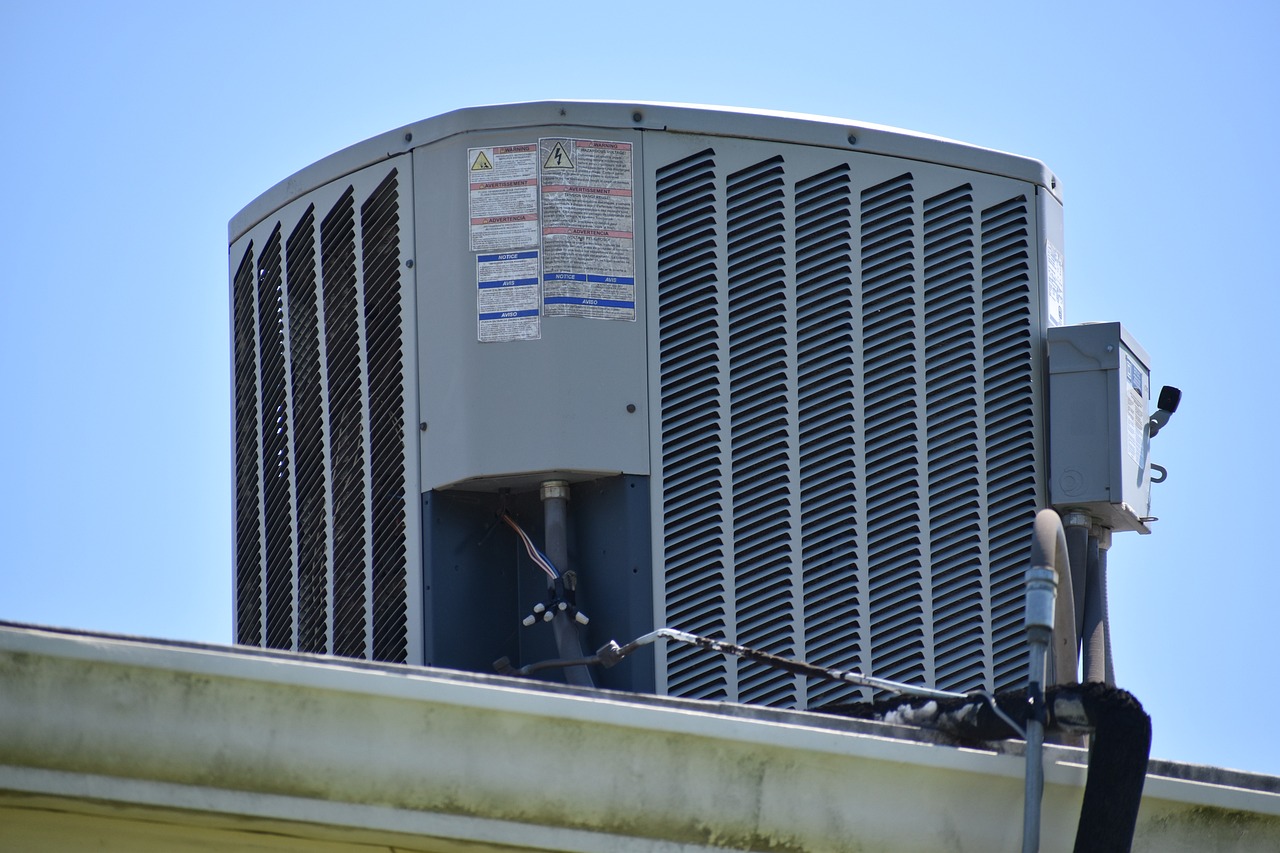Not a Question of If but When
Imagine a one hour train ride from Washington to Boston, a trip that currently takes seven hours by the fastest means available from Amtrak, just two hours less than taking the trip by automobile. But saving time is just one benefit as the more widespread use of high-speed trains will reduce the current congestion both on the ground and in the air.
According to estimates, expanding roadways to handle the expected increase in traffic in the Northeast Corridor, one of five high speed rail corridors under development in the United States, would cost 10 times as much as building a high-speed rail line. Building fast trains also means building the track needed for them: Amtrak’s Aceola train has an estimated top speed of 125 mph (201 kph) but it often runs much slower due to a lack of true high-speed rail tracks in the Amtrak system.
A company called Northeast Maglev, based in Washington DC, is leading an effort to bring Superconducting Maglev (SCMAGLEV) technology to the United States’ Northeast Corridor, considered to be the most clogged transportation region in the United States. The proposed line would run from Washington DC to Boston, Massachusetts, and would be a major watershed in transportation technology, ending steel wheel-based railway transport, replacing it with faster, safer, magnetically levitated trains that can reach speeds of up to 310 mph (500 km/h).
Maglev Technology Pioneered in Japan
Maglev technology is being developed and tested in Japan, where test runs began last summer on the 26.5 mile (42.8 km) Yamanashi Test Line. The cars designed for the maglev train, aka “Lo Train Cars” or “Linear Motor Cars” have a distinctive aerodynamic look.
The estimated launch of commercial operations for the new technology in Japan is now set at 2027 and will run in the current footprint of the Chuo Shinkansen Line linking Tokyo and Osaka through Nagano and Nagoya.
Related articles on IndustryTap:
- California Supreme Court Gives Green Light To $68 Billion High Speed Rail Project
- Washington to Boston High Speed Rail May Run on Japanese Maglev Technology
- Taiwan High Speed Rail’s Hsin Chu Station Mall Set to Become a Green Icon
References and related content:






